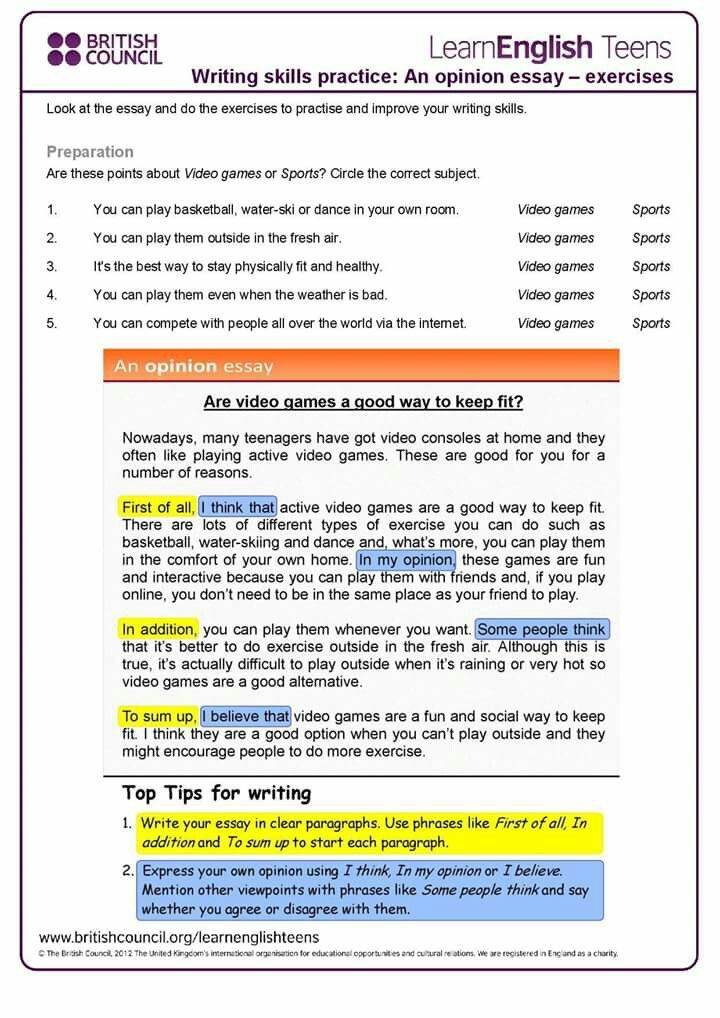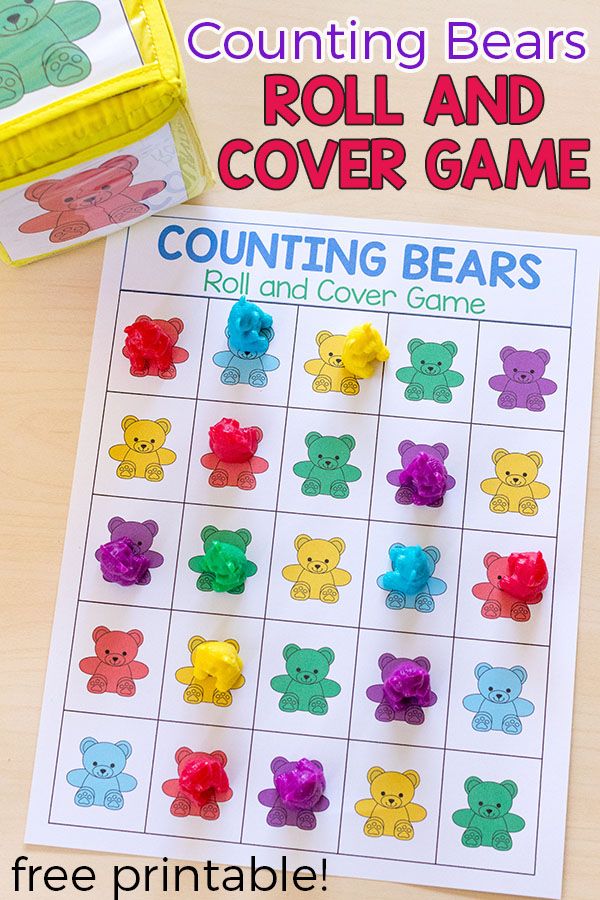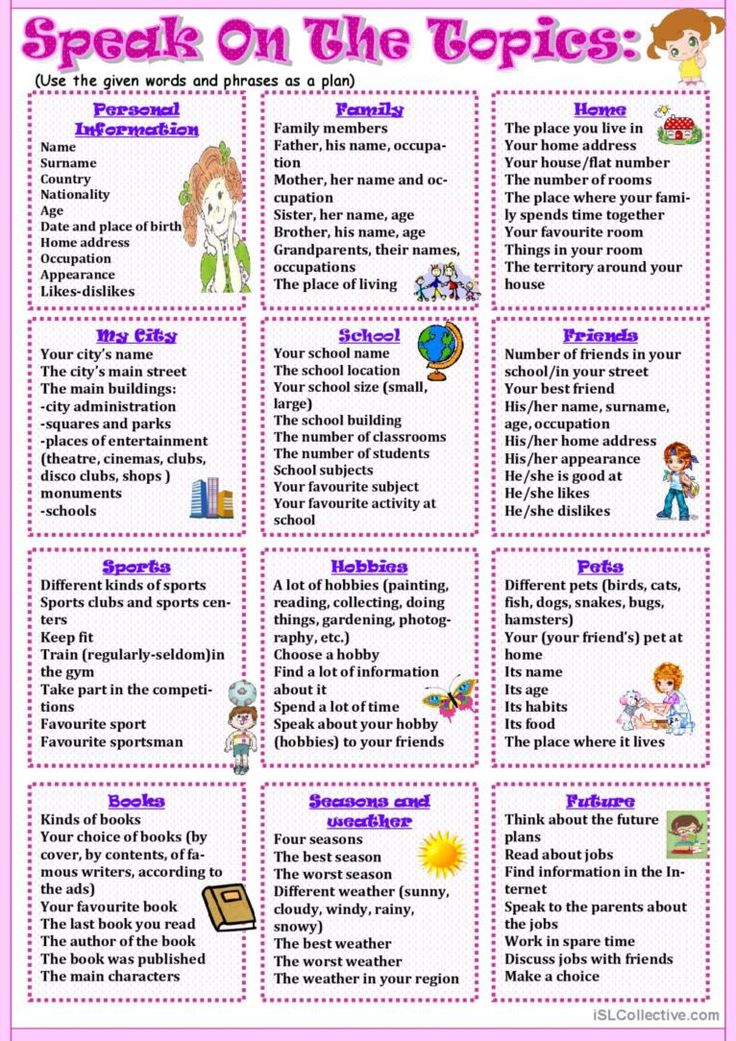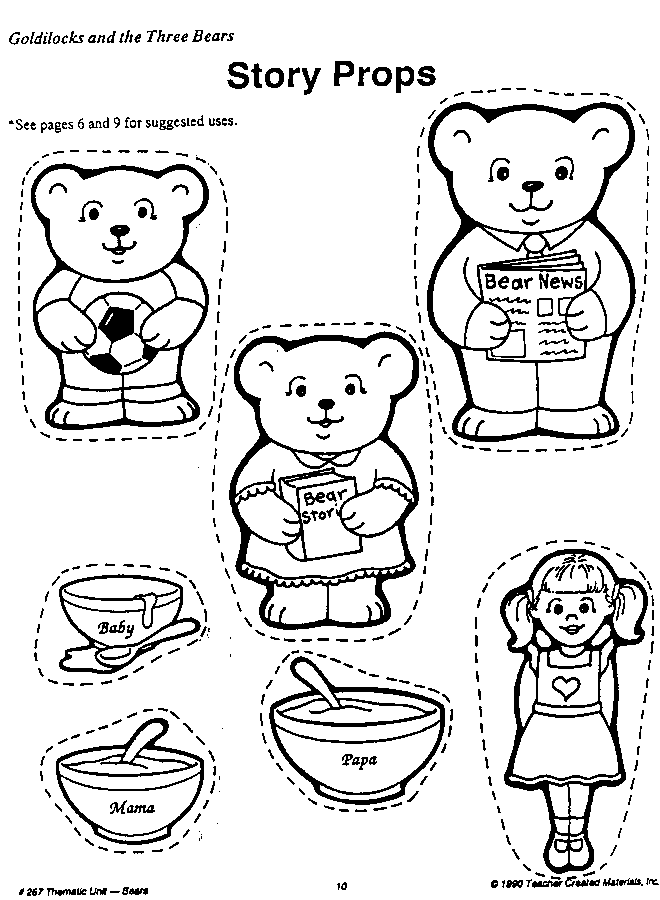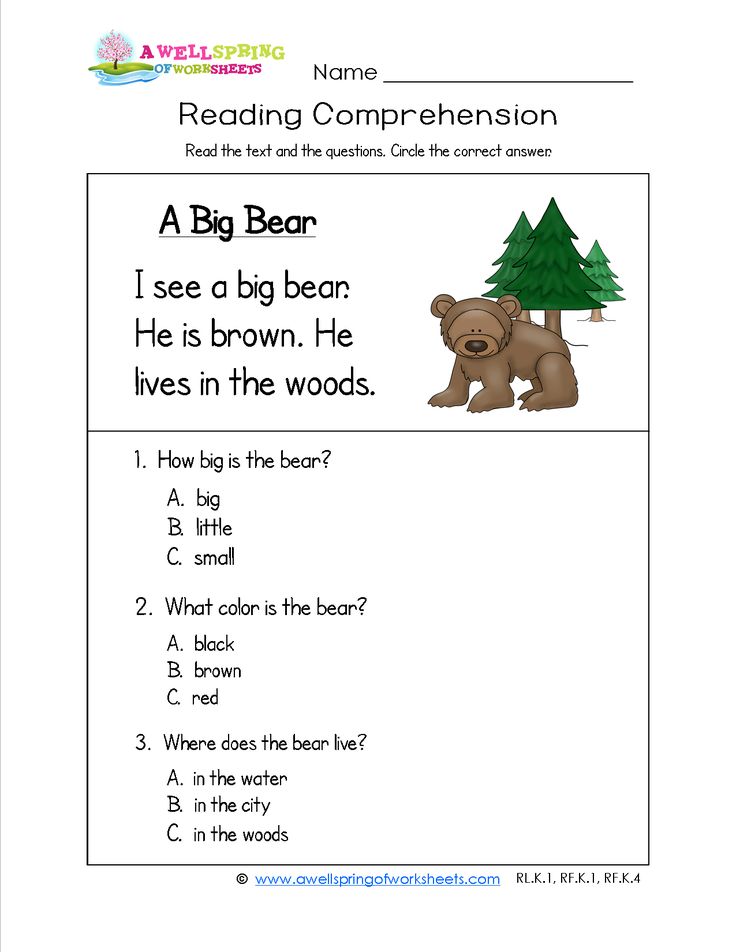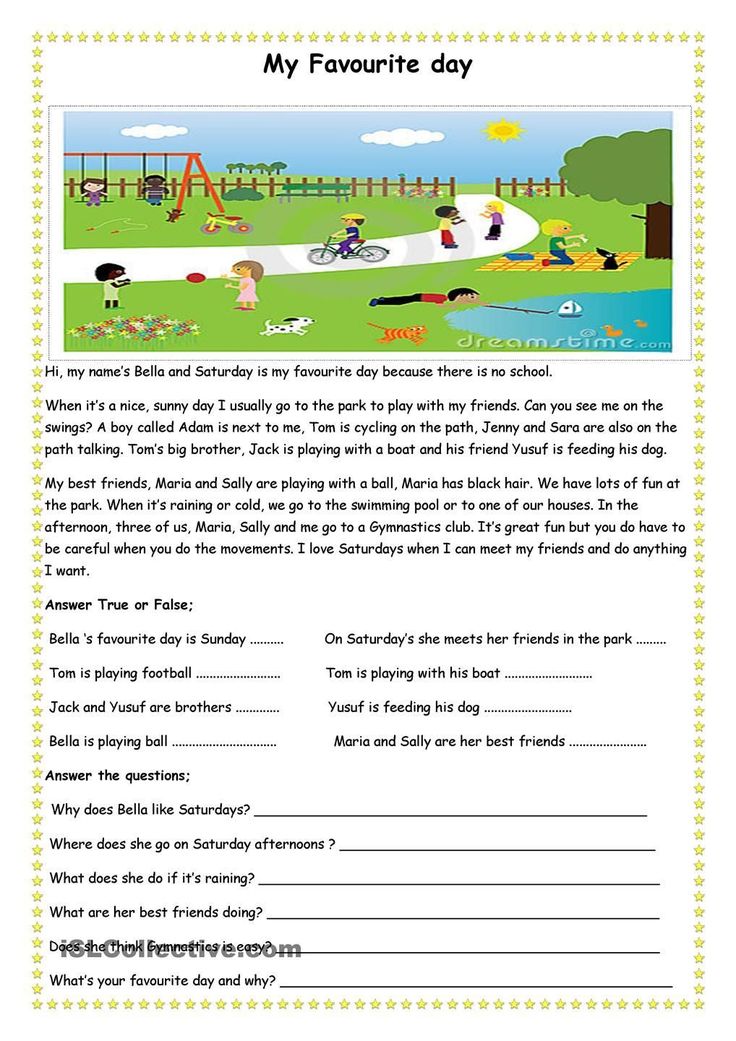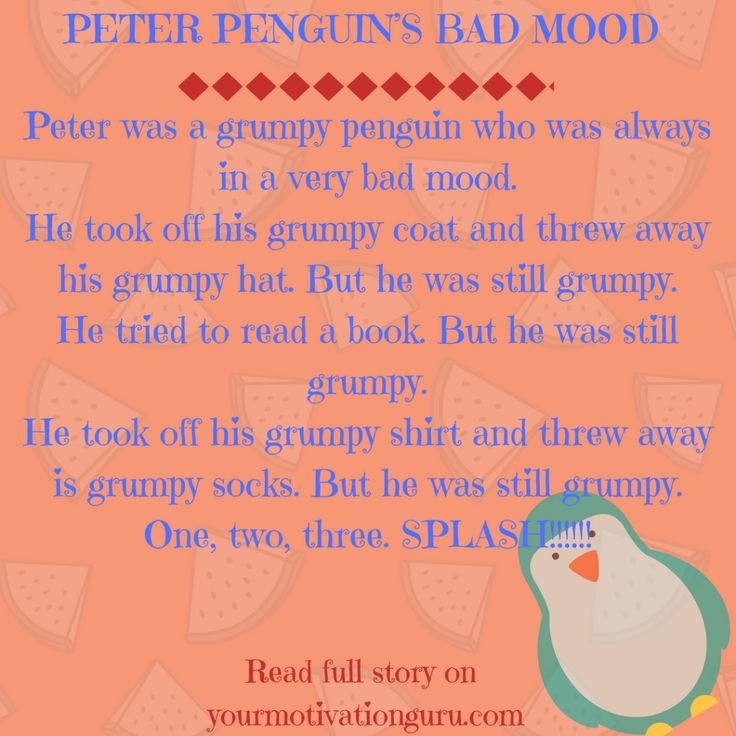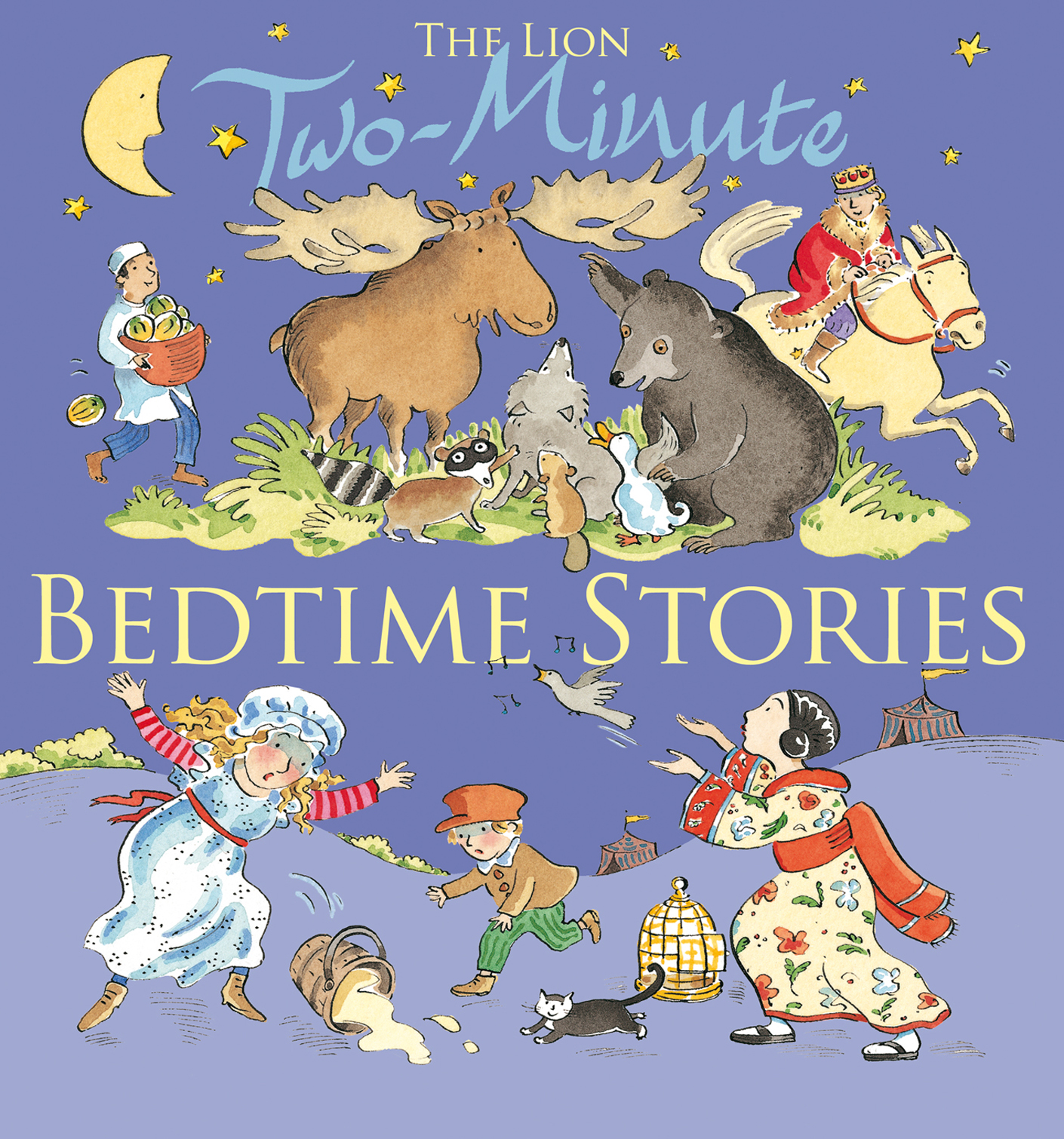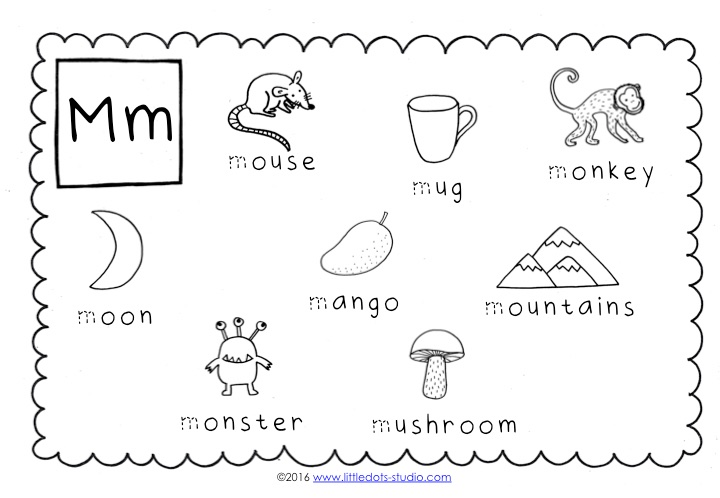Games for writing skills
10 Quick and Fun Writing Games Students and Teachers Love
The best writing games to engage students
A colleague of mine recently shared these ten great writing game ideas to improve literacy skills in the classroom. They are simple to play and can be applied to nearly all year levels.
These are some of the best writing games that require minimal or no setup time and are an excellent option for substitute teachers looking to quickly break the ice with students or English teachers just seeking fresh ideas to brighten up their lessons. Enjoy.
Remember that if you are looking for more excellent free resources and structured guides to teaching all aspects of English, especially writing, be sure to visit literacyideas.com.
Sentence StretchingStart with a short sentence or group of words. Pass it around to about 6 people, with the rule that each person must add (a word or a group of words) or change ONE word ( to another word or a group of words) to make the sentence more specific and more enjoyable.
Students write sentences or longer texts and substitute drawings for nouns.
COMPLETE DIGITAL AND PRINT FUN WRITING UNIT
25 FUN and ENGAGING writing tasks your students can complete INDEPENDENTLY with NO PREP REQUIRED that they will absolutely love.
Fully EDITABLE and works as with all DIGITAL PLATFORMS such as Google Classroom, or you can PRINT them for traditional writing tasks.
DOWNLOAD NOW
It’s in the bagPlace an object in a bag- ensure the students don’t see it. Students feel the object in the bag and use words to describe how it feels. They take it out and add /alter their adjectives.
Touch and tellAn object is passed around a group of students.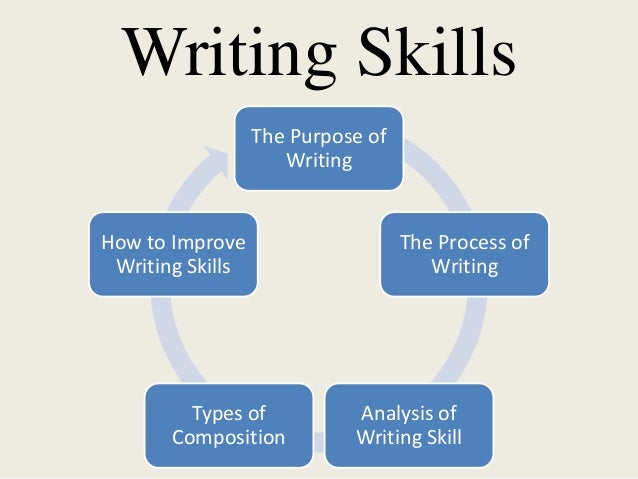 Each student suggests an adjective to describe it.
Each student suggests an adjective to describe it.
Alternative
Students provide an adjectival phrase or clause to describe the object
Verb DrawStudents randomly select from a box a picture of an animal, person or object that moves. They brainstorm action verbs for the chosen object.
Alternative
The students can supply verbs and adverbs
They can supply adjectives or adjectival groups
Hot SeatRead a text ( this case narrative), and at a particular point, stop and ask students to select a character and suggest, for example:
- What the character is doing, thinking, and feeling ( focus on processes)
Students locate and change one word that will alter the sentence’s meaning.
They share their alterations and discuss which part of speech was the most important in changing the meaning
.
Read a text and ask students to write nouns on cards ( red), adjectives (blue), and articles in orange. Rearrange words to create different noun groups. Students can also locate verbs ( green card) and adverbs (yellow). Rearrange all the words to create new sentences.
Alternative
Students can locate adjectival phrases, clauses, or adverbial phrases and write these on other coloured cards.
Grammar toss- Sentence makingPlayers must throw a 1 before they can begin. The winner is the first person to make a sentence that includes all of the following:
- A group of words that tell what or who ( singular)
- A group of words that tell when
- A verb in the past tense
- An adverb telling how
- A group of words telling where
They can then rearrange the sentence parts to see how many ways they can make another meaningful sentence.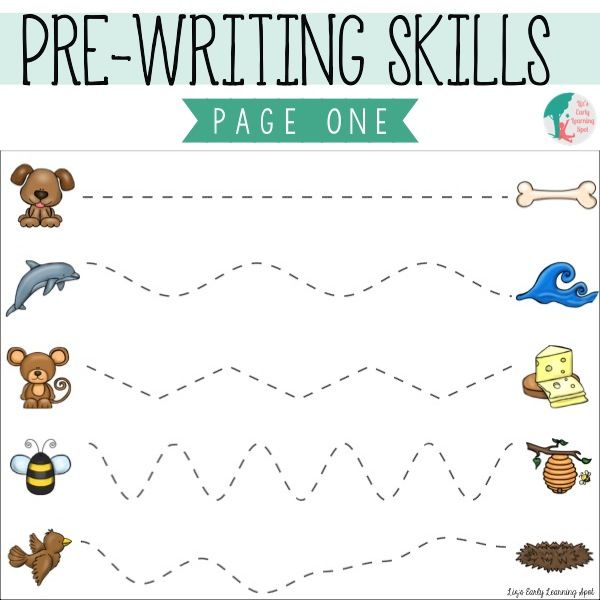
Alternative
Other parts of speech can be used for each number thrown.
Toss and writeBefore the activity, a cube is prepared. Upon each face of the cube, a task is written that requires specific grammar knowledge. For example:
Make a sentence
Make a question
Provide two adjectives
Provide two verbs
Create a noun group (e.g. article, adjective/s noun)
Provide a noun and an adverb
Students select a subject ( noun) from a tin. They throw the cube, and whichever side of the cube faces up is the task they must attempt.
OTHER GREAT ARTICLES RELATED TO WRITING GAMES
The content for this page has been written by Shane Mac Donnchaidh. A former principal of an international school and English university lecturer with 15 years of teaching and administration experience. Shane’s latest Book, The Complete Guide to Nonfiction Writing, can be found here.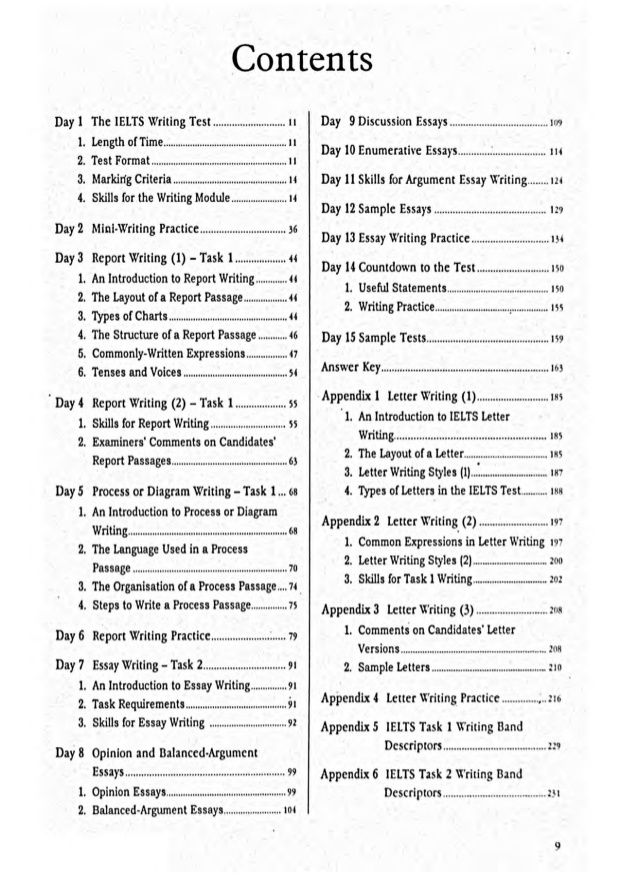 Editing and support for this article have been provided by the literacyideas team.
Editing and support for this article have been provided by the literacyideas team.
12 Writing Games To Help Kids Learn To Write And Have Fun Doing It
Writing can feel daunting to young learners — there are so many letters to memorize, sounds to recall, and words to spell! You might be wondering what the best writing games are to help your child learn to write.
HOMER has got you covered with these simple and engaging writing games! With minimal equipment required, these activities can be set up within minutes and provide unlimited fun.
Before we dive into our favorite writing games, let’s discover why writing is important in child development.
Why Writing Is Crucial To Development
From their early scribbles to drawing recognizable letters, writing is a useful form of self-expression for children and allows their ideas to flow more easily.
What’s more, the alphabetic code is reversible, so children who use sounds to determine words for writing are simultaneously advancing their ability to sound out words and read coherently. Win-win!
Win-win!
This is a lifelong skill that your child will use every day, so it’s important to know how to best nurture and develop these emergent literacy skills from a young age.
By playing the writing games outlined below and taking the time to practice, your young writer will be an expert in no time!
Why Games Are Important For Learning
You know that it’s important for your child to develop writing skills, but you may be wondering why you should incorporate games into their learning.
Why can’t your child just sit down with a pen and paper to practice writing?
Less Stressful Learning
Here’s the stitch: Being asked to sit down and practice writing skills can be daunting for some kids. It can also be frustrating when they come across letters or words they struggle with.
Games, on the other hand, decrease stress levels and get children excited about learning.
While playing learning games, your child will not only be practicing their writing skills, but they’ll also be more focused on completing the fun activity than on getting frustrated that they can’t write the uppercase Q, Z, or J.
When children see that learning doesn’t have to be tense or highly stressful, it can also change their perception of educational activities. In fact, they may be more willing to participate in future educational games.
Motivation
Motivation is one of the biggest advantages of playing writing games.
Kids are more likely to pay attention to the instructions and participate when they see the activity is fun. This is much more effective for teaching writing (and other) skills than simply handing them a worksheet.
Some educational games also allow children to play in pairs or groups. Interacting with peers or family members in this way is an excellent opportunity to develop critical social skills, such as listening to others, communicating effectively, and taking turns.
Friendly Competition
Kids can be very competitive — with their friends, siblings, and sometimes even with mom and dad. Playing writing games can foster a spirit of fun, healthy competition.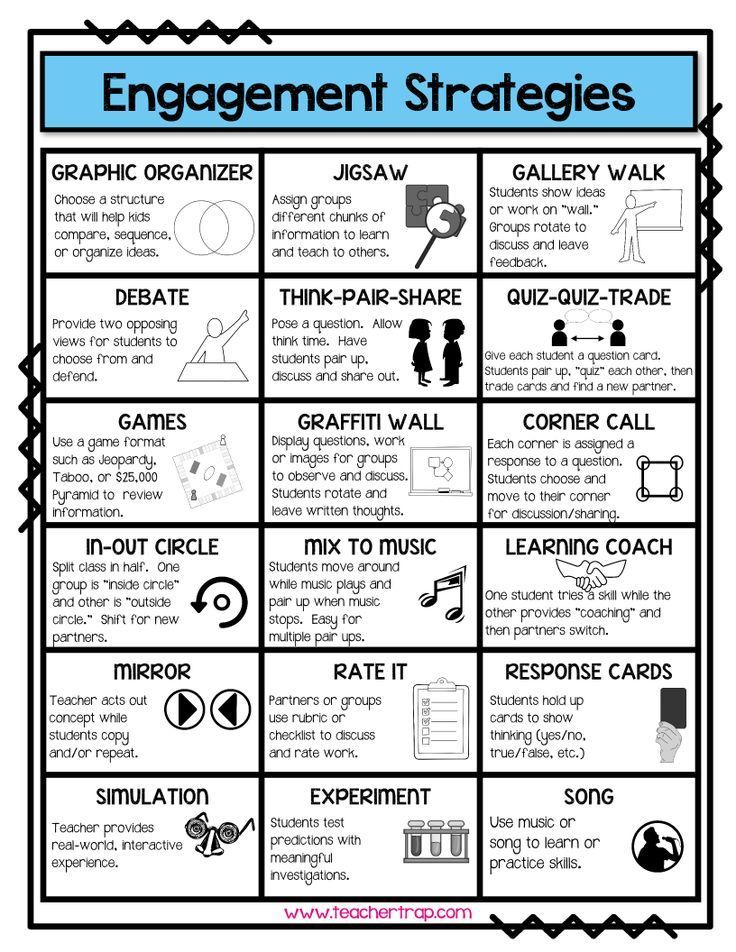
If you involve multiple children in these activities, the child who wins can learn to congratulate their fellow competitors and not just brag about their accomplishment. And the one who loses can learn to celebrate another person’s win and try harder next time.
Problem-Solving Skills
By nature, most games require participants to incorporate problem-solving skills, planning, and creativity. That’s a lot of mental work!
Playing writing — and other types of educational — games can help your child develop these essential life skills.
Now that we’re clear on why writing games are important, let’s get into the activities you can introduce to your child today.
We’ve divided these into three sections — writing games for preschoolers and kindergarteners, first graders, and second graders. So, feel free to scroll to the relevant section for your child (or children), and let the games begin!
Writing Games For Preschoolers And Kindergarteners
1) Disappearing Letters
What You’ll Need
- A chalkboard
- Chalk
- A paintbrush
- A cup of water
What To Do
Start this activity by writing a repeated letter, a word, or your child’s name on the chalkboard using your chalk.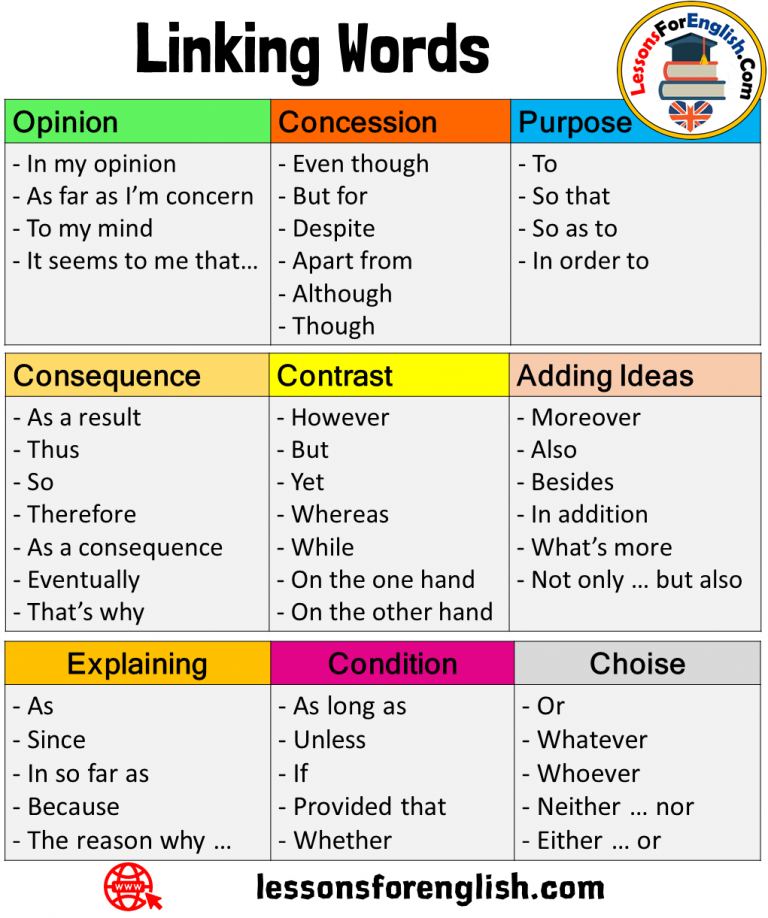 If you’re writing a single letter, start by writing it five times in a row.
If you’re writing a single letter, start by writing it five times in a row.
Dip the paintbrush in the cup of water and have your child trace over each of the letters, erasing them one by one.
Once your child has mastered one letter, move on to multiple letters until they’re comfortable using this activity to “write” their name and short consonant-vowel-consonant (CVC) words such as dog and cat.
This activity is great for working on developing your little one’s fine motor skills as well as their spelling abilities, which will aid them as they take pencil to paper!
2) Hands-On Writing
What You’ll Need
- A tray or bin
- A fun material such as sand, flour, or shaving cream — anything that can hold a shape
- A pen and piece of paper (optional)
What To Do
To start this activity, grab a tray or bin that’s deep enough to hold your chosen material.
Fill your tray and bin with sand, flour, shaving cream, or anything else that can be used to form a shape.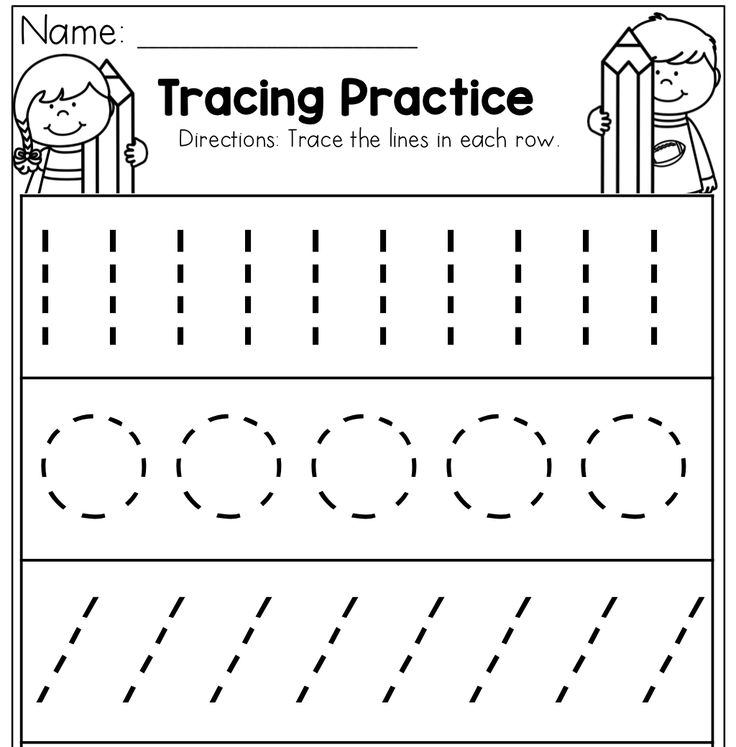 This is what your child will use to develop their writing skills!
This is what your child will use to develop their writing skills!
Say a letter to your child (or write the letter on a piece of paper for them to copy, if needed) and have them write the letter into the sand, flour, or shaving cream with their finger.
Eventually, you can work your way up to having your child write whole words, like their name or things they love (the names of their friends and family or even their favorite foods or toys).
Don’t worry too much about what the letters look like — even scribbles are OK! Whatever your child writes to produce a letter or word is great progress.
This activity lets you make writing a fun, sensory experience! Try using different materials to keep your child engaged and to learn more about the world around them while they practice their writing skills.
You could also use a fingerpainting method for this game for some colorful fun — enjoy getting creative with this writing game!
3) Yarn Letters
What You’ll Need
- Blank sheets of paper
- Pencils
- Yarn
- Child-safe scissors
- Glue
What To Do
Grab the blank sheet of paper and help your child draw a letter of the alphabet with a pencil.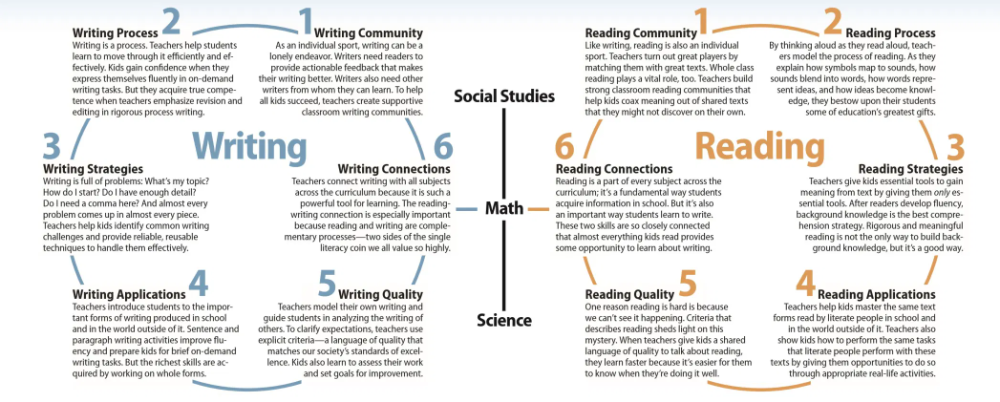 Then, hand them the yarn, scissors, and glue, and help them trace the letter by cutting and gluing the string onto its shape.
Then, hand them the yarn, scissors, and glue, and help them trace the letter by cutting and gluing the string onto its shape.
Performing this task is an effective way for your child to develop their fine motor skills, a key component of writing. In addition, this hands-on activity allows children to continue learning their letters.
Writing Games For First Graders
4) Roll The Dice
What You’ll Need
- A piece of paper
- A pen or pencil
- A dice
What To Do
This writing game is all about creating a fun story with your child using dice to determine how many words you get to add each turn!
Start by having your child choose a main character, a setting, and a problem. For example, your character might be a cat, your setting might be a garden, and the problem might be that the cat needs to find some food.
Write the first sentence of your story based on the character, setting, and problem you’ve chosen with your child. Using our example above, the first sentence might be, “Once, there was a cat in a garden who couldn’t find any food.”
Using our example above, the first sentence might be, “Once, there was a cat in a garden who couldn’t find any food.”
After you write the first sentence, have your child roll the dice. Whatever number the dice lands on is the number of words they’ll add to the story — not one word more or less!
You can assist your child by sounding out tricky words and helping them write if needed. Once they’ve added their words, it’s your turn to roll the dice and write your next round of words based on the dice number.
Take up to five turns each before finishing your story together by choosing an ending. Then read your story aloud to see how it all flows!
5) Speech Bubbles
What You’ll Need
- A piece of paper for drawing or a printed cartoon
- A pen or pencil
What To Do
For this activity, start by having your child draw a picture with a character or two. You could draw this scene together or even print off some characters from the internet to color and decorate together.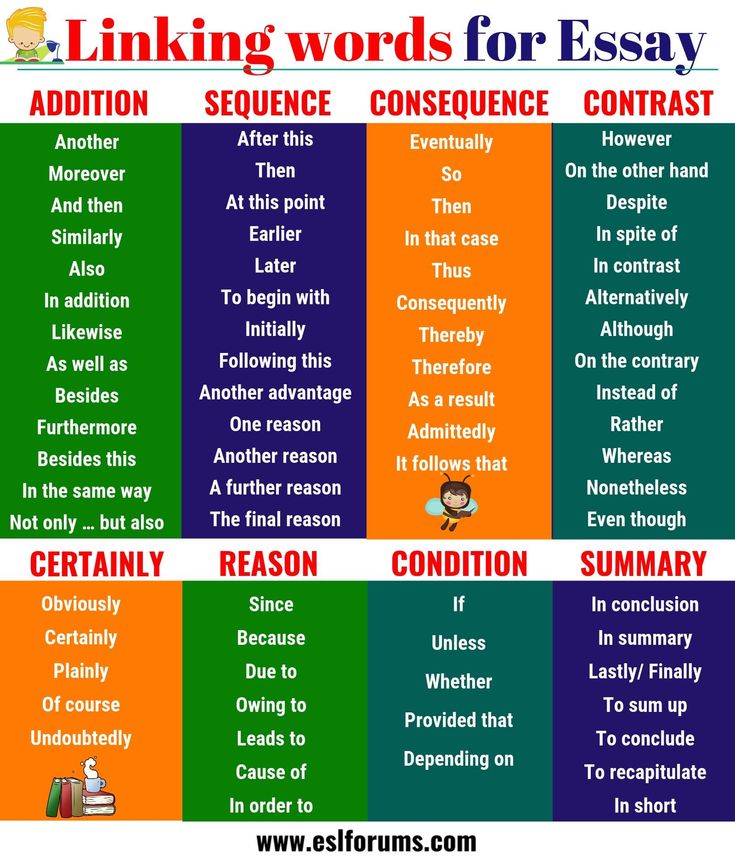
Once you’ve finished drawing and decorating your characters, it’s time for each of you to draw and fill in a speech bubble to create thoughts for your character (or a conversation if you drew more than one character).
For example, if your character is a dog, maybe he’s standing by an empty bowl. What might a hungry dog say? Some options could be, “Where’s my food?” or “I hope they bring pizza!”.
Let your child’s imagination run wild with possibilities for filling in the speech bubbles and enjoy this writing activity together by writing down the silly suggestions, too!
Speech bubbles are one of the most fun options for writing games as they’re quick, easy, and short for young writers.
This may help your child feel less intimidated as they explore more words to add to their vocabulary and practice forming their letters correctly.
6) Birthday Cards
What You’ll Need
- Colored pens or crayons
- Pencils
- Blank birthday card
What To Do
Birthdays are a day most people look forward to.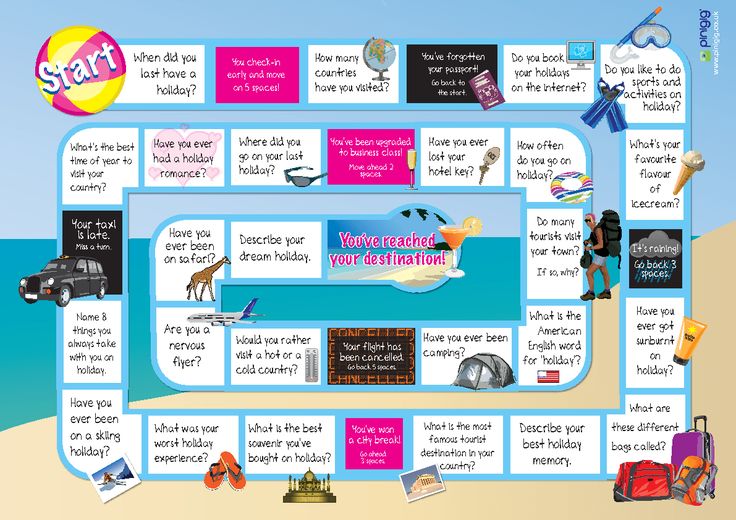 For kids, this day usually means lots of gifts, games, a birthday cake, and, of course, a birthday card.
For kids, this day usually means lots of gifts, games, a birthday cake, and, of course, a birthday card.
Help your child create a unique birthday card for their friend, neighbor, cousin, sibling, mom, or dad — whoever they want! Once they select the recipient, get the supplies you need and help them write a sweet message for their loved one.
This is a wonderful activity for your child to practice putting their thoughts on paper. They can also add flowers, hearts, and anything else that will help to make the card extra special.
Note: This activity can be used for any occasion, not just birthdays. Is it the holidays? Has the family been invited to a graduation party? Do you have a family member who’s not feeling well?
All of these are excellent opportunities to create a special card for a loved one.
7) Map Out The Story
What You’ll Need
- A blank sheet of paper
- Colored pencils (or crayons)
What To Do
The aim of this writing game is simple: create a setting for a story.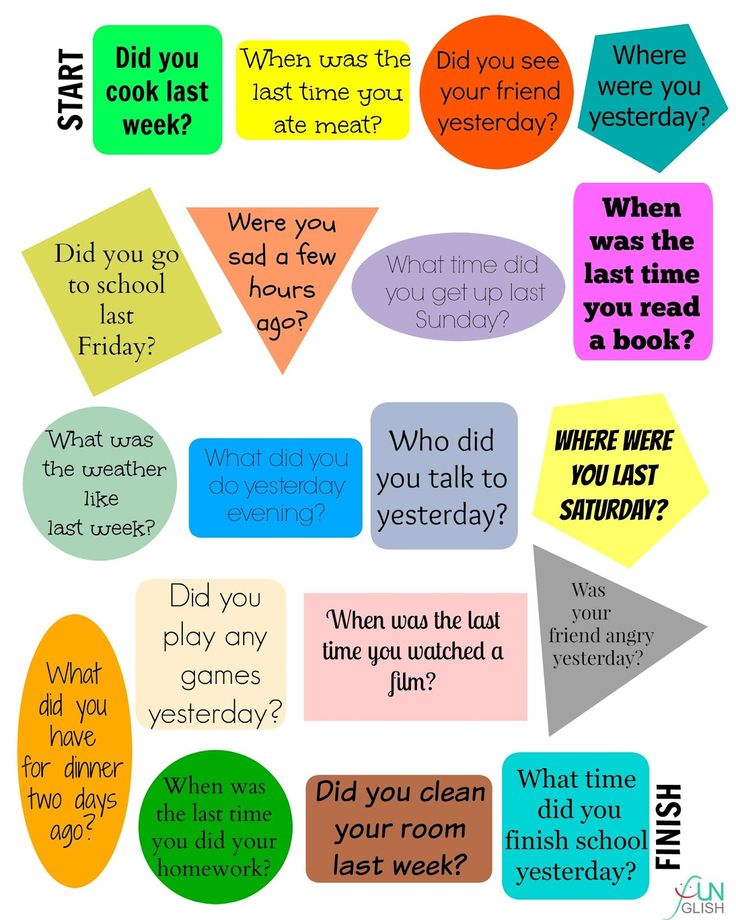
Children love when a storybook they’re reading includes some pictures and a map to bring the story to life. With this activity, they get to create their own!
All your child needs to do is draw a map of the story setting of their choosing, labeling the different areas. This can be a story they’ve read or one that’s just popped into their head. It really doesn’t matter as long as they’re excited about it.
To help them get started, you can ask prompting questions, like:
- Does your story take place on land or in water?
- If it’s on land, what and who lives on that land?
- If it takes place in water, what types of interesting creatures are there?
- What’s the weather like?
- How many characters are there?
- Where do these characters live?
- What do the characters do?
- Are there any landmarks?
Once your child is clear about the world of the story, it’s time to draw and create it. Now you can also help your child write a story that takes place in their invented world.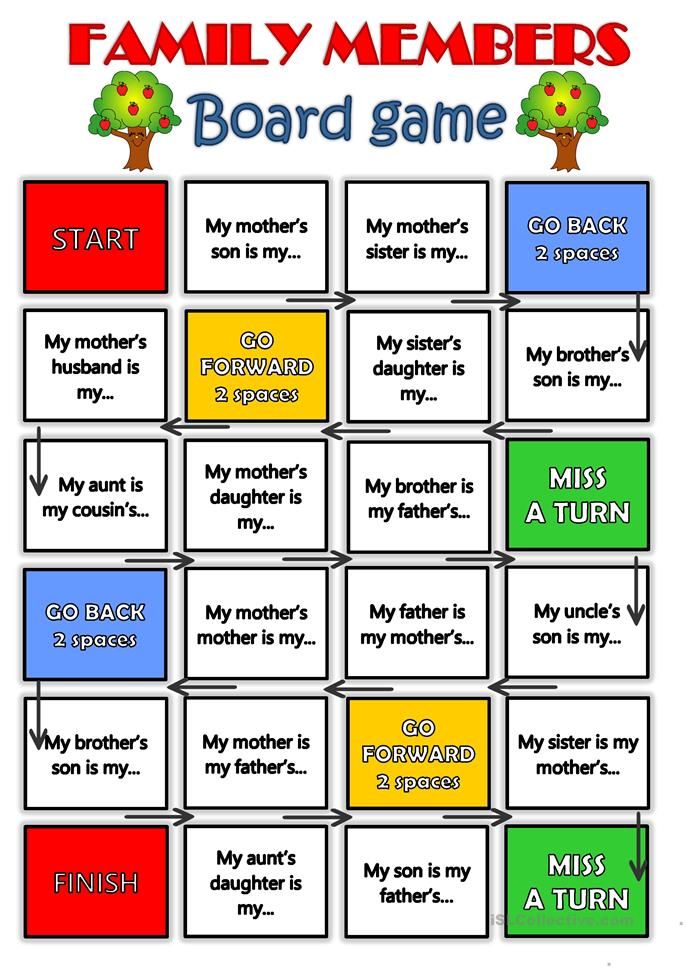
For this activity, we’re not expecting incredible artwork or penmanship. Instead, the main focus is to have kids practice gripping pens or pencils and writing.
Writing Games For Second Graders
8) Grocery List Writing
What You’ll Need
- A piece of paper for making your list
- A pen or pencil
What To Do
Make the task of writing your grocery list into a game!
You can do this as part of a make-believe or role-playing game with your child, or you can create a real grocery list together before the shopping gets done.
Try planning out some meals for the week ahead, and then make a list with your child for each of the ingredients needed. Explain that writing a list helps us to remember all the things we need to buy, and discuss what items you might need to purchase.
Keep it simple and help your child by sounding out words as they write. Once the list is written, your child can enjoy checking off each item one by one after it’s been put in the cart!
9) Household I-Spy
What You’ll Need
- Two pieces of paper, one for you and one for your child
- Two pens or pencils, one for you and one for your child
- A timer or timer app
What To Do
One of our favorite writing games is this version of I-Spy with a twist!
Grab your paper and write each letter of the alphabet down the left-hand side. Once you and your child have both written the alphabet on your paper, set your timer for 10 minutes.
Once you and your child have both written the alphabet on your paper, set your timer for 10 minutes.
You’ll then race from room to room to find and write down as many objects as possible that begin with each letter of the alphabet. Write each object next to its corresponding letter and fill in as many as you can within the time limit.
You could also set a handicap for this writing game to raise the stakes! For example, if your child’s time limit is 10 minutes, cut yours in half so that you have to find as many objects as possible in five minutes.
10) Accordion Storytelling
What You’ll Need
- A sheet of paper
- Pen
- Ruler
What To Do
The first player will start the story at the top of your clean sheet of paper by writing two sentences on separate lines. They can write about any topic they want.
When they’re done writing, they’ll need to fold the paper over the first sentence and pass the paper on to the next player.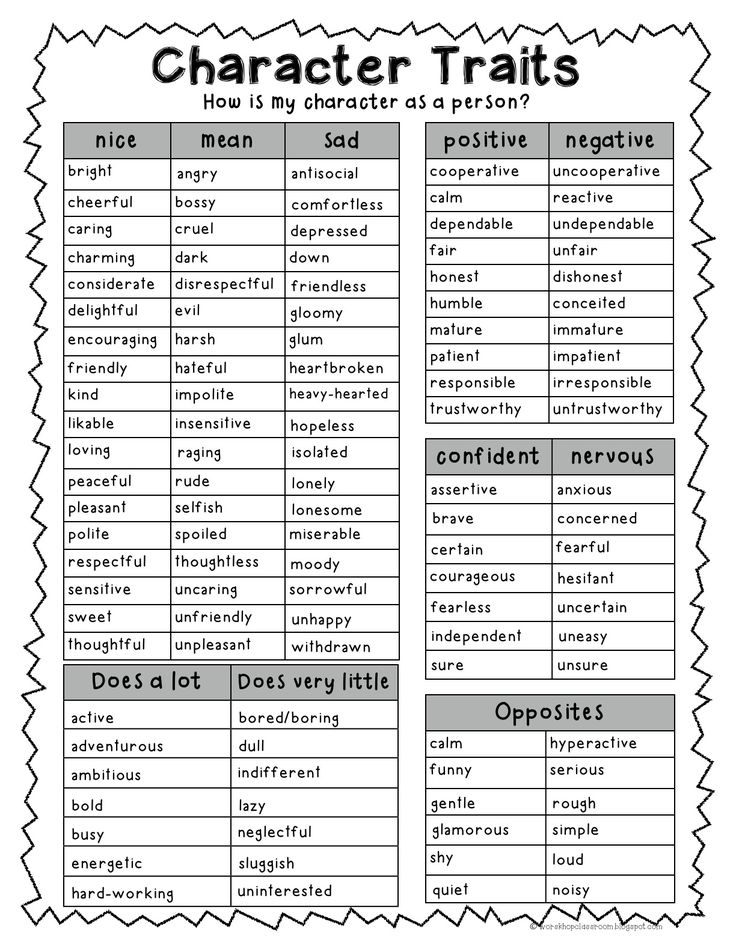 This means that the first sentence won’t be seen. The next writer will only be able to see the second sentence on the page.
This means that the first sentence won’t be seen. The next writer will only be able to see the second sentence on the page.
This player will need to write their own two sentences based on the line they can see. After that, they’ll fold down the first line of what they wrote and pass it on to the next player, too. The paper will continue to be passed around and folded like an accordion.
The round ends once all the paper has been folded up, and there’s no space left to write. Once you’ve reached this stage, open it up and read the story aloud together.
What interesting story did you come up with? Get ready to have a good laugh!
Note: You can take turns reading one sentence each, or you can nominate one person to read the whole story to everyone.
This is a great game to play with the whole family or even just two people, although it is the most fun with at least three people. And it will encourage creativity and writing skills.
11) Pen Pal Writing
What You’ll Need
- Paper
- Pens or pencils
- A pen pal
What To Do
Writing letters to pen pals is very traditional.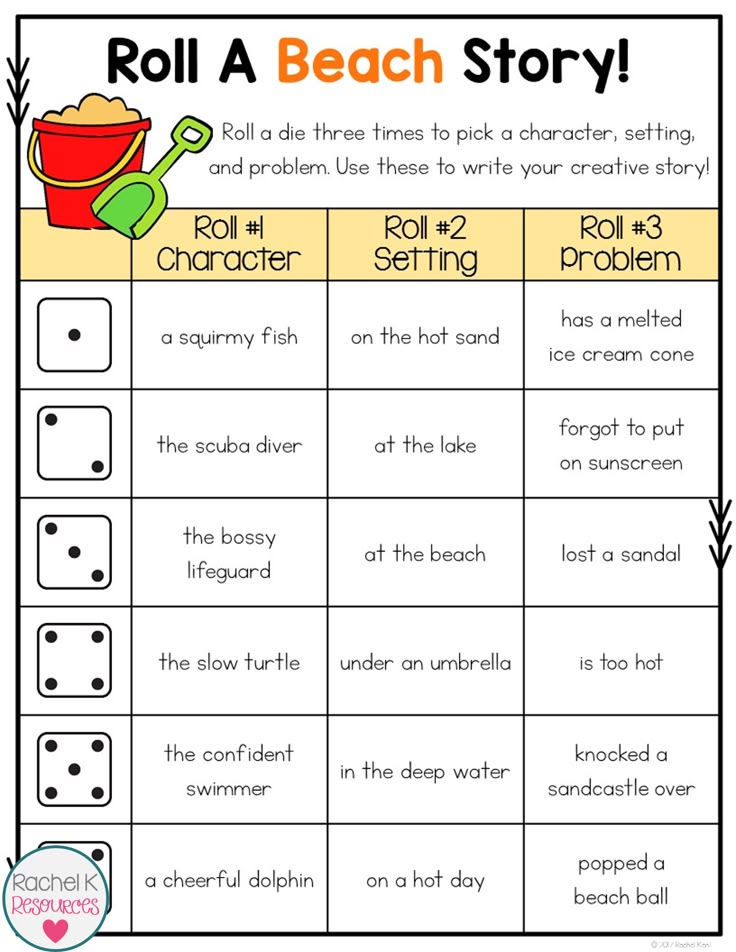 In a nutshell, it involves two people in a long-distance friendship who communicate by writing letters to each other.
In a nutshell, it involves two people in a long-distance friendship who communicate by writing letters to each other.
Now, with the advancement of technology, very few people still do this via snail mail. But it can be a great way to encourage children to write.
Who can your child write to? They can choose a friend who’s moved schools, a cousin who lives in another state, or their grandparents. It can be anyone they’d like to send a message to!
This is a fun way to help children learn about mailing letters and how the postal system works. They also get to create memories and can keep the letters their pen pal writes to reflect on for years to come!
12) Rewrite The Ending
What You’ll Need
- Paper
- Pen or pencils
- Storybook
What To Do
Children will need to exercise their imaginations to play this game.
To get started, read a book aloud to your child. (This can be an old favorite or a new story.) Once you’ve finished reading, encourage them to create their own version of the ending.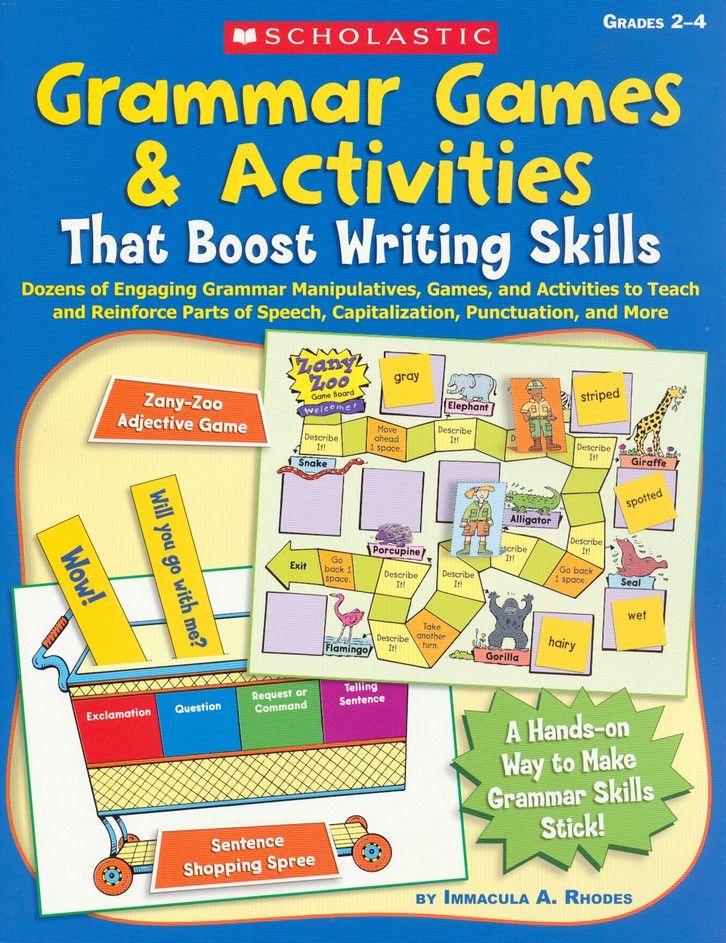
It can be challenging for children to imagine their favorite stories in a different way, so you might need to help your child think outside the box:
- What if the frog never turned into a prince but into a big elephant instead?
- What if the three little pigs learned karate and decided to fight the wolf?
- Could the little mermaid have a twin sister she just discovered?
This activity lets your child exercise their imagination while also practicing their writing skills. If this is done with multiple children, it will be fun to see what exciting versions of the script each child comes up with.
Enjoy Learning To Write With HOMER!
We hope you’ve found some new favorite writing games from our activities in this guide!
From creating sensory play activities with sand and fingerpaints to writing a grocery list together, there are so many ways to get creative with your child and make writing a fun shared activity.
For even more writing fun, unbox a learning adventure with our Explore Letters Kit. Watch your child build their literacy skills, using their imagination to lead them through a variety of writing and spelling activities!
Watch your child build their literacy skills, using their imagination to lead them through a variety of writing and spelling activities!
Author
Games and exercises to develop and correct reading and writing skills.
Games and exercises to develop and correct reading and writing skills.
Game Find letter."
Purpose: fixing the visual image of letters font. Invite the child, carefully looking through the text, to find and underline the correct letter. Don't forget to ask what letter he is looking for? letter can be circled or crossed out, etc. Upon successful completion of such tasks, you can offer to simultaneously search for two letters and highlight them with any way.
Divide the letters game.
Purpose: differentiation of letters A-U.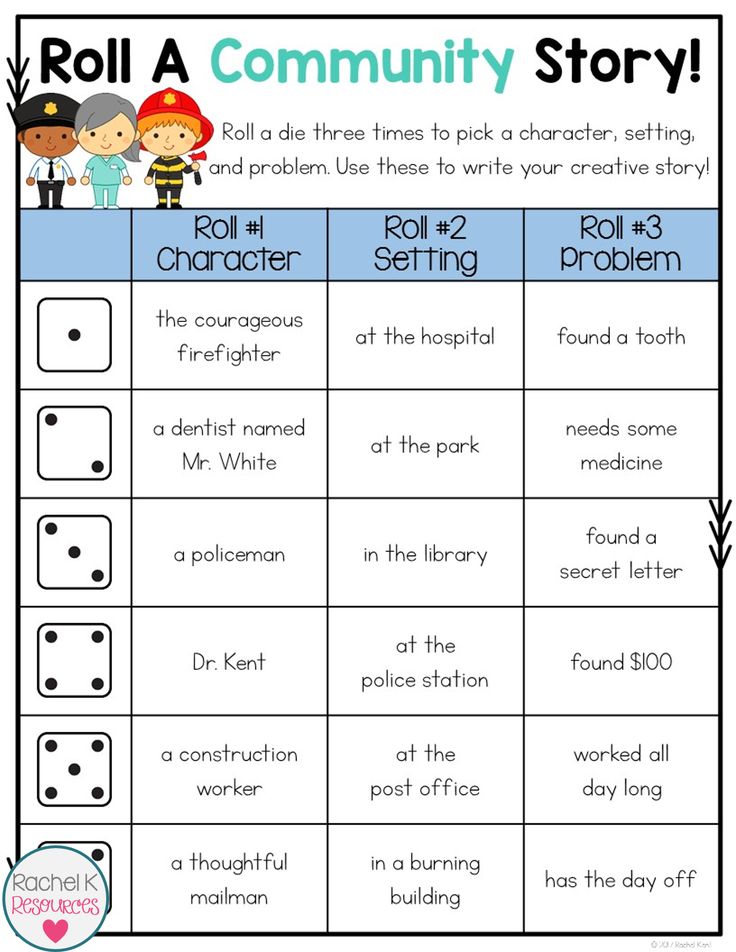
Contents: The slide contains words that contain letters A and U. It is necessary to divide them into two groups.
Find the correct letter game.
Purpose: fixing the visual image of letters.
Content: on the slide the letters are correctly written, mirrored, and crossed out. The child only needs to choose correctly spelled letters.
Match the letter.
Purpose: fixing the visual image of beech, A, U.
Contents: The elements of the letters are shown on the slide. Gotta collect Y then A.
Game "Fold a figure of seven sticks."
Purpose: fixing the visual image of letters.
Content: Verbal instructions:
• remove one stick so that got the letters B, O;
• remove two sticks so that letters E, P, R H are obtained; b, y;
• remove three sticks so that the letters S.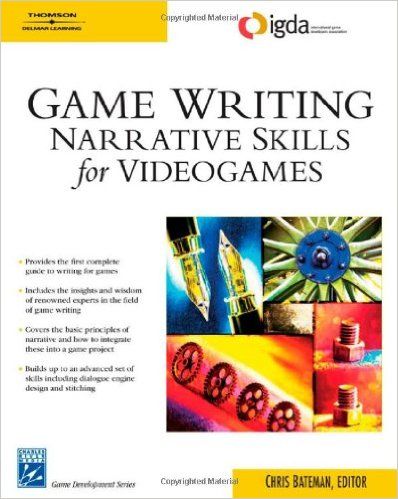 Ch are obtained;
Ch are obtained;
• remove four sticks so that you get the letter G;
• move two sticks so that you get the letter Y.
Find the hidden letter game.
Purpose: fixing the visual image of letters.
Content: Find and color only the letters.
Air letter game.
Purpose: develop a visual and spatial understanding of the letter, imagination, attention, memory.
Content: invite the children to close their eyes and imagine that the letters have turned into air pencils. Ask to draw letters with the nose, forefinger, foot, elbow, ear
Builders game
Goal: develop visual and spatial representation of the letter, attention.
Material : Construction cubes.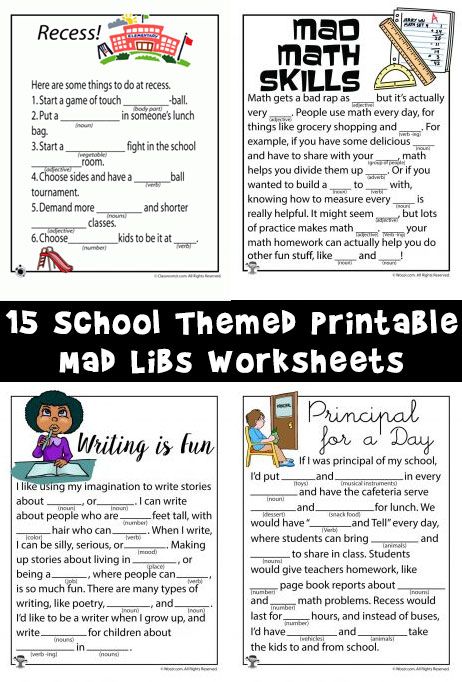
Content: I offer the children the task of constructing letters-words from building material.
Game "Find the place of the sound in the word."
Purpose: Exercise children in finding the place of sound in a word (at the beginning, in the middle or in end).
Contents of : pictures with the image of a bus, a dress and a book are hung on the board. teacher asks the children to name the objects. Asks which one is the same sound is heard in the names of all objects. "That's right - the sound" A ". This sound is in the names of all objects, but it is heard in different places of the word - explains teacher. - One begins with the sound "A", in the other the sound "A" is in middle, and the third word ends with this sound.
A now look at the card (one card is given for two children).
Under each picture is a strip of three cells. If the sound I call is you hear at the beginning of the word, put the chip in the first cell.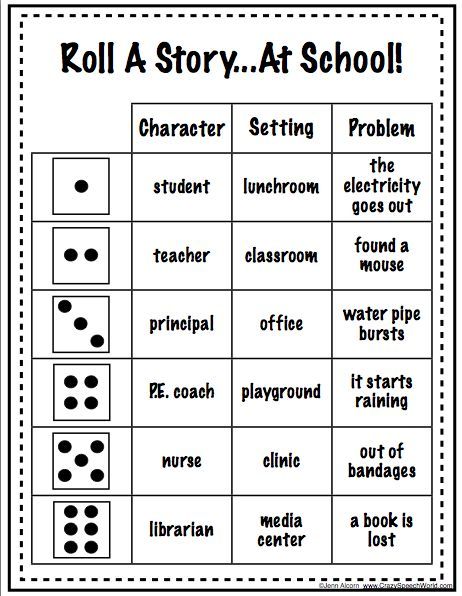 If sound is heard in in the middle of the word, the chip must be placed in the second cell. If the sound at the end words, the chip is placed in the third cell.
If sound is heard in in the middle of the word, the chip must be placed in the second cell. If the sound at the end words, the chip is placed in the third cell.
The game "Who lives in the house."
Purpose: Exercise children in the selection of words with a certain sound.
Content: 3-4 children play. Each player receives a house with a letter. The teacher takes from stacks of a picture with an image of an animal, names it, and the children determine in what kind of house it should live. If an animal can live in different houses (giraffe - in the house w and in the house r , then the picture gets the child who first said that this animal should live in his house. If it turns out that some animal has nowhere to live, because the house is already occupied (for example, a cat can only live in house to ), the teacher invites the children to think about where other animals can be moved so that make room for him.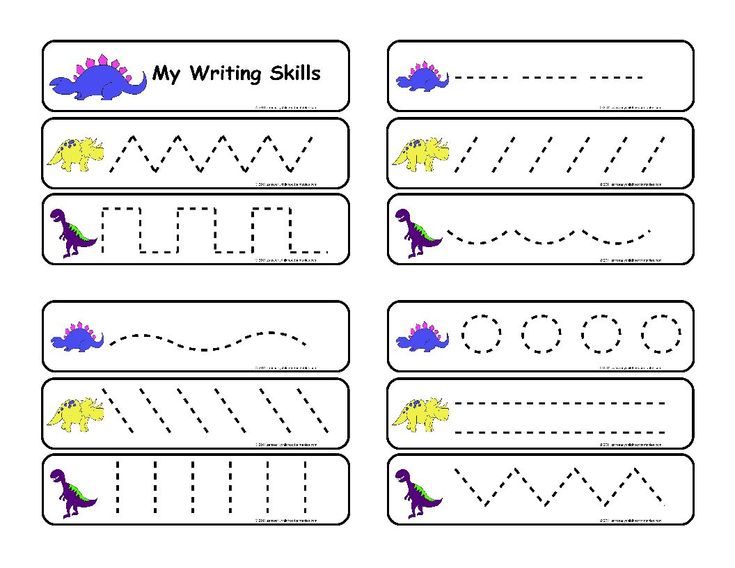
game "Where is the letter?".
Purpose : to exercise children in finding a given sound in words and determining its location; develop mental operations; prepare for the sound analysis of the word.
Contents: the teacher gives the task to the children: if they hear the sounds [k] and [k '] in the beginning of the word, then they need to raise their hands up; if in the middle of a word - hands forward; if at the end - stretch your arms down and sit down. The host speaks words: CAT, POPPY, ROCKET, CANCER, SLEEVE, CHICKEN, LACQUER, COMPOTE, CABINET, etc.
Game Pinocchio's Gift.
Target: exercise children in finding a given sound in words; develop mental operations, speech, phonemic hearing; prepare for the sound analysis of the word.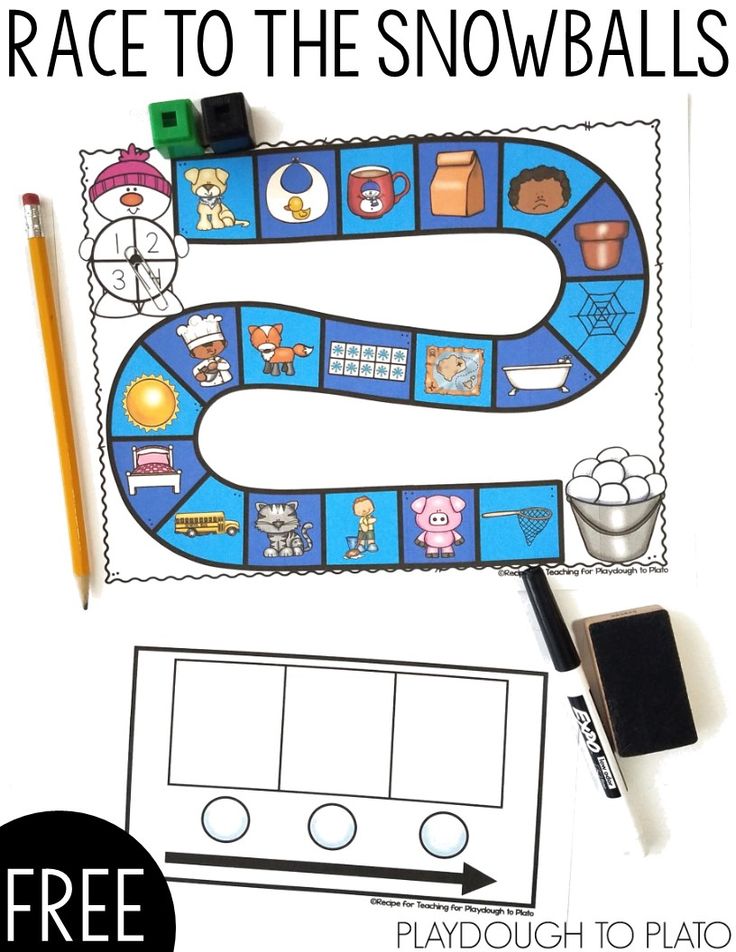
Content: teacher says that the animals brought a gift for Pinocchio, and he became capricious and wants to be given only those gifts in the words of which there are sounds [p] and [R']. The host reads the words, and the children determine whether they contain these sounds, accept whether such a gift Pinocchio. (ROSE, CHAMOMILE, DICE, DOLL, CHOCOLATE, MUG, JUMMY, CANDY, BRACELET, PANTS, WATCHES, etc.)
Be careful game.
Purpose: exercise children in finding a given sound in words; develop mental operations, phonemic hearing.
Contents: the teacher gives the children the task: “I will read the words, you carefully read them listen, if you hear a given sound (for example, [k] or [k ']), then clap in hands, and if this word does not contain this sound, then keep silence. Leading reads the words: CANCER, POPPY, HOUSE, BEETLE, VASE, KEFIR, DOLL, BUCKET, TOAD, WHALE.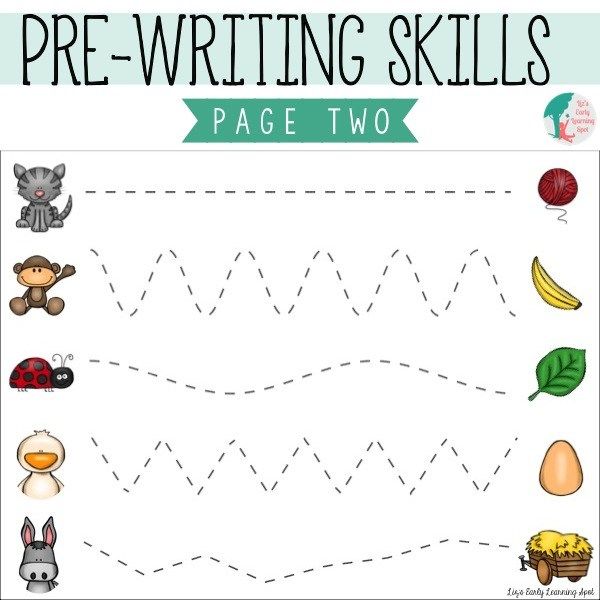
Game "Which sound is heard more often?".
Purpose: exercise children in determining the sound that sounds more often; develop mental operations, phonemic hearing.
Contents of : the teacher gives the children the task: “I will read the poem, you carefully listen and determine which sound is most often heard.
1) Not I buzz when I sit
I don't buzz when I walk,
I don't buzz when I work,
I buzz when I spin.
2) Itchy mosquito subtly:
Z-z-z - he sings loudly,
Repeats many times
Frisky midges his story.
Sound change game.
Purpose: exercise children in the transformation of new words, changing one sound in a given word; develop mental operations; prepare for reading.
Material: patterns words without a single letter.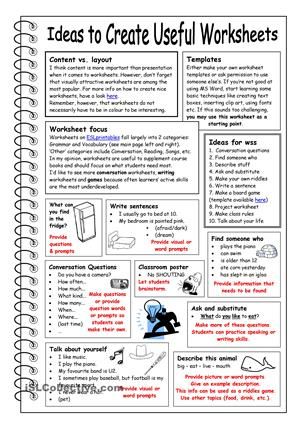 Threads with attached letters are tied to the schemes, inserting which, new words are obtained. (_OT and letters B, R, K, L; _AK and letters M, L, R, T, B; _OM and letters L, D, K, T, R, C, etc.).
Threads with attached letters are tied to the schemes, inserting which, new words are obtained. (_OT and letters B, R, K, L; _AK and letters M, L, R, T, B; _OM and letters L, D, K, T, R, C, etc.).
Contents: the teacher says that there are word schemes where letters are missing. Children must insert letters and read new words that will turn out.
Game Add sound.
Purpose: exercise children in the formation of new words, adding one sound to the word; develop mental operations; prepare for reading.
Material: patterns words where there is room for one letter. Threads with attached letters, adding which a new word is obtained. (_ROT and the letter K; _DAR and letter U; _Moustache and the letter B; SHAR_ and the letter F; VOL_ and the letter K; _ ROSE and the letter G and etc.).
Contents: the teacher says that there are word schemes.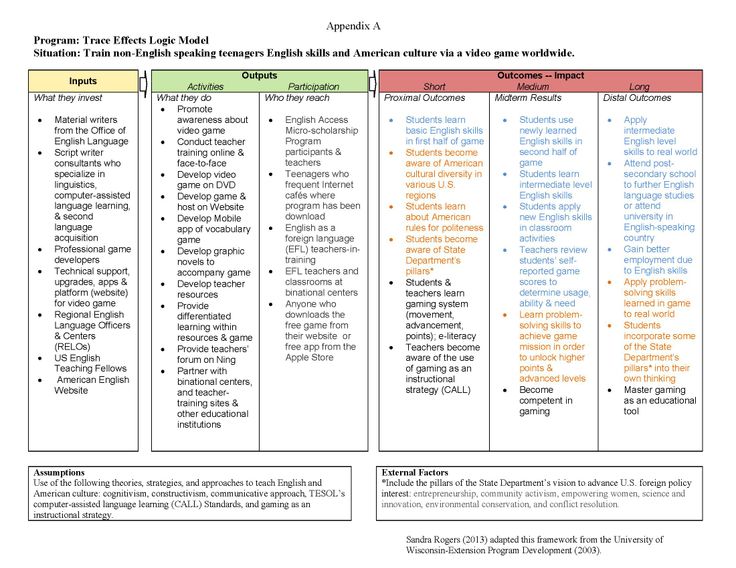 Children need to read words then add a letter to them and read new words that will turn out.
Children need to read words then add a letter to them and read new words that will turn out.
Game Mute.
Purpose: exercise children in the formation of new words, removing one sound in a word; develop mental operations; prepare for reading.
Material: patterns words, where one letter is taken out and a new word is obtained (ZUBR, WOLF, LAUGHTER, duck, braid, rod, scarf, prick, etc.).
Content: the teacher says that there are word schemes. Let's read the words after why remove one letter from the word and read new words that will turn out.
Purpose: exercise children in the formation of new words from given letters; develop mental operations; prepare for reading.
Material: picture with a plate attached at the bottom, which illustrates the number of letters in a given word; cards with scattered letters or magnetic letters.
Contents: the teacher says that there are pictures of words, but the letters have crumbled. We will make words from letters that have crumbled.
We develop writing skills: a digest of tasks, games, worksheets
Teaching writing is teaching grammar, spelling, punctuation and calligraphy. In the selection you will find assignments, games and lesson plans for developing writing skills, tips for preparing essays and writing, as well as many recommendations from teachers and methodologists.
1. Children's Writing Skills Development Kit
Assignments in a variety of formats and methodological tips that will facilitate the process of learning to write in elementary grades. Exercises in a playful way will teach children to write correctly and accurately, help them deal with punctuation marks, and will also motivate students to come up with stories of their own composition.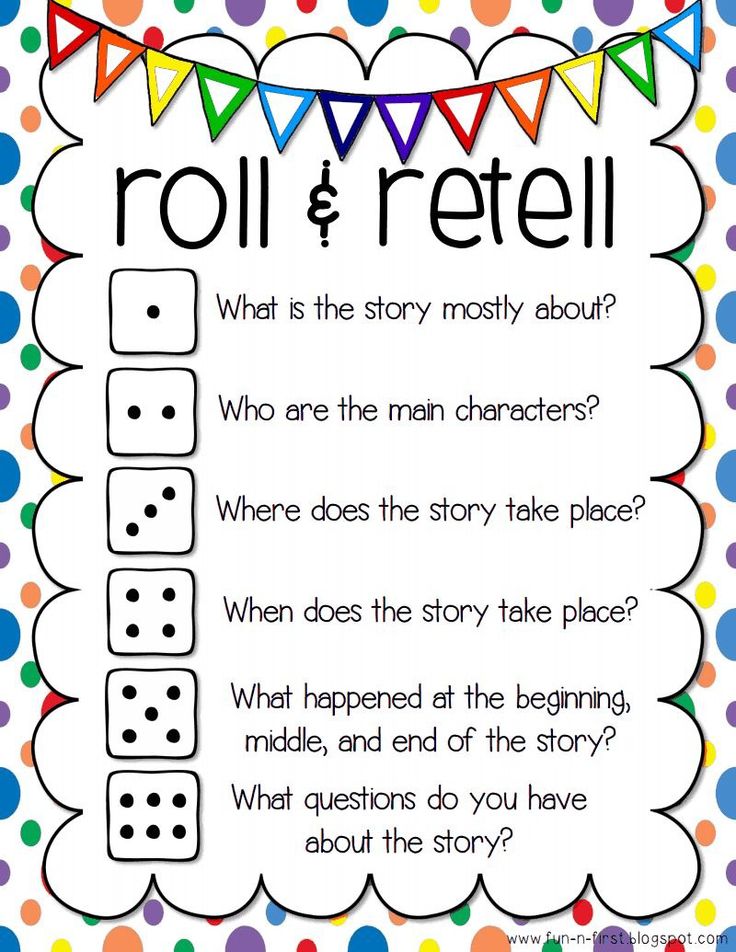
In the articles you will also find quizzes, interactive tasks, bright cards, videos with funny characters, links to useful resources that will make a difficult lesson on developing writing skills unusual and memorable.
And we offer the article Collaborative writing, which deals with the method of collaborative work in elementary grades for teaching writing.
2. Compilation for the development of writing skills in adolescents and adults
How to diversify writing tasks? The answer is simple - use original tasks that students want to do. Create stories with association games, create comic book captions, draw posters, imagine and make up stories using clues. For more ideas, as well as links to additional resources, see the articles.
Separately, we offer an article on how to work on mistakes in students of different levels: Error correction in writing
work with useful phrases and grammar. Here you will find guidelines and a variety of writing exercises that will turn the difficult practice of academic writing into a lively, exciting lesson.
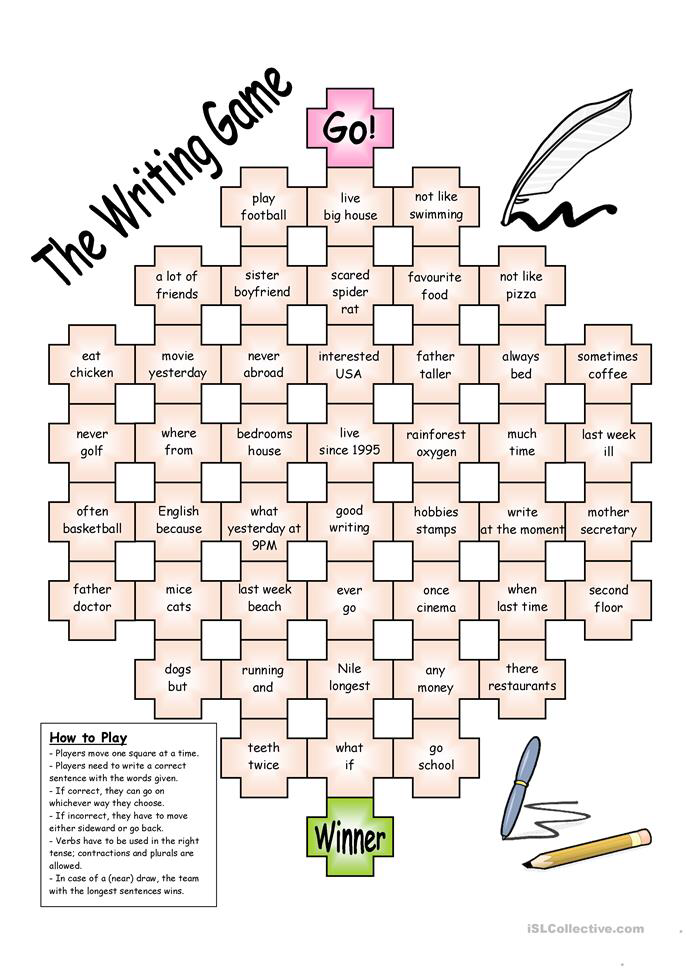
Let's not forget to pay attention to business correspondence. Here you will find letter writing guidelines, sample introductions for each section, discussion questions, and tips and ideas to make the lesson special and interesting.
We also offer articles for the preparation of an introductory essay and motivation letter: sample questions, useful phrases, checklists, FAQ, as well as recommendations that will help you set the right accents.
4. A selection on how to teach essay writing
Another type of academic writing is the essay. The selection includes an analysis of an essay in which the student expresses a personal opinion, as well as an essay in the “Pros and Cons” format. The articles cover structures with comments for each paragraph, templates, useful phrases, tips in the form of "do's" and "dont's". It also contains recommendations that will teach students how to write an essay using a cube, where each side of it is a separate section with hints.